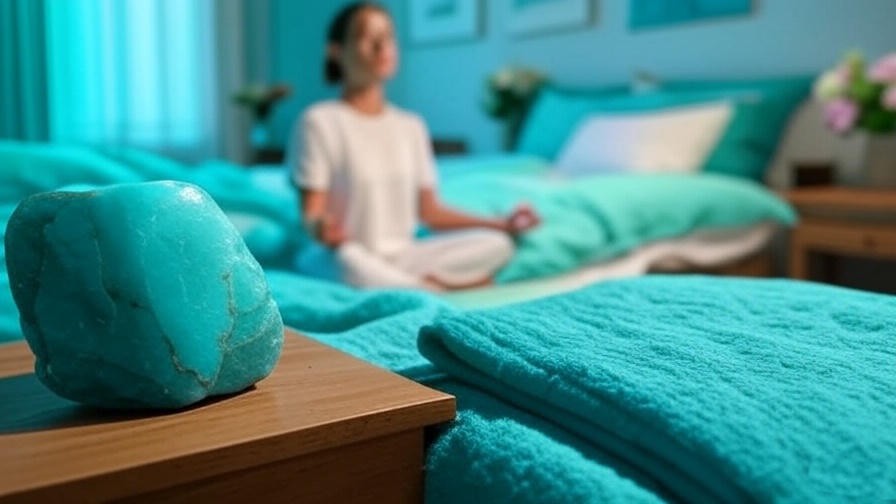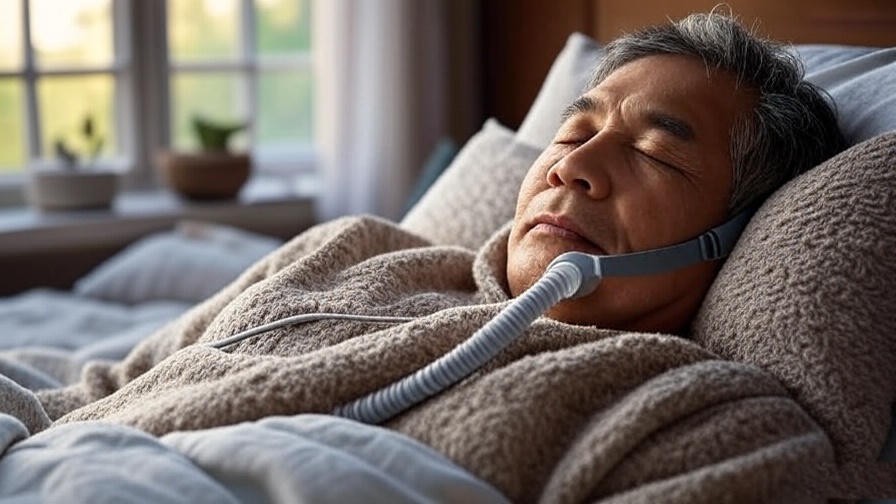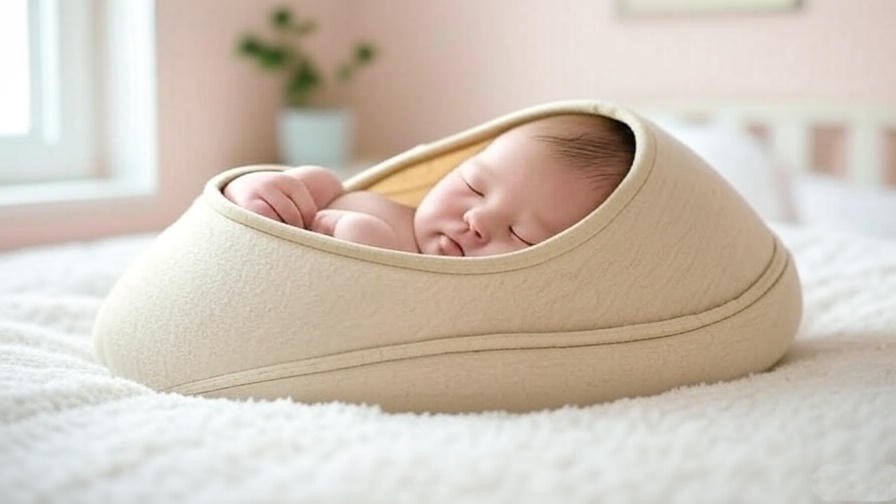Picture this: It’s 2 a.m., your newborn is stirring, and you’re exhausted, fumbling in the dark to soothe them while craving a restful night’s sleep. For many parents, co-sleeping offers a solution, fostering closeness and convenience. But without the right setup, a co-sleeping bedroom can feel chaotic, unsafe, or disruptive. Co-sleeping, whether bed-sharing or room-sharing, is a cherished practice for 60% of parents, according to a 2023 National Sleep Foundation survey, yet it demands a thoughtful approach to ensure safety and serenity. This guide delivers expert-backed, practical solutions to design a co-sleeping bedroom that promotes safe sleep, deepens family bonds, and supports holistic well-being. Backed by pediatric guidelines and sleep science, we’ll help you create a space where everyone rests easy.
What Is Co-Sleeping and Why Does Bedroom Design Matter?
Defining Co-Sleeping
Co-sleeping refers to parents and children sleeping in close proximity, either sharing a bed (bed-sharing) or having the child in a separate sleep surface like a bassinet or crib in the same room (room-sharing). Rooted in cultural traditions worldwide, from Japan’s family bedding to Scandinavian room-sharing norms, co-sleeping fosters emotional security and practical benefits. Understanding the distinction between these setups is key to designing a co-sleeping bedroom that aligns with your family’s needs and safety priorities.
Benefits of Co-Sleeping for Families
Co-sleeping offers profound benefits, supported by research. A 2021 study in Pediatrics found that room-sharing can reduce the risk of Sudden Infant Death Syndrome (SIDS) by up to 50% when done safely. It also simplifies nighttime breastfeeding, promotes infant sleep regulation, and strengthens parent-child bonding. For parents, co-sleeping can ease anxiety, as noted by Dr. James McKenna, a leading anthropologist specializing in infant sleep. A well-designed bedroom amplifies these benefits by creating a calm, functional environment conducive to rest.
The Role of Bedroom Design
A thoughtfully designed co-sleeping bedroom is more than a place to sleep—it’s a sanctuary for safety, comfort, and connection. Poor design, like cluttered spaces or unsafe bedding, can heighten risks and disrupt sleep. By prioritizing safety, serenity, and functionality, you create a space that supports both infant development and parental well-being. This guide covers everything from safe sleep surfaces to calming aesthetics, ensuring your co-sleeping setup is a haven for restful nights.
Safety First: Essential Guidelines for a Co-Sleeping Bedroom
Understanding Safe Sleep Recommendations
Safety is non-negotiable in a co-sleeping bedroom. The American Academy of Pediatrics (AAP) recommends room-sharing without bed-sharing for at least the first six months to reduce SIDS risk. Key guidelines include using a firm mattress, avoiding soft bedding (like pillows or heavy blankets), and ensuring the sleep environment is free of hazards. Dr. Rachel Moon, a pediatrician and SIDS researcher, emphasizes, “A safe co-sleeping setup can protect infants while fostering closeness.” Understanding these standards is the foundation of a secure bedroom.
Choosing the Right Sleep Surface
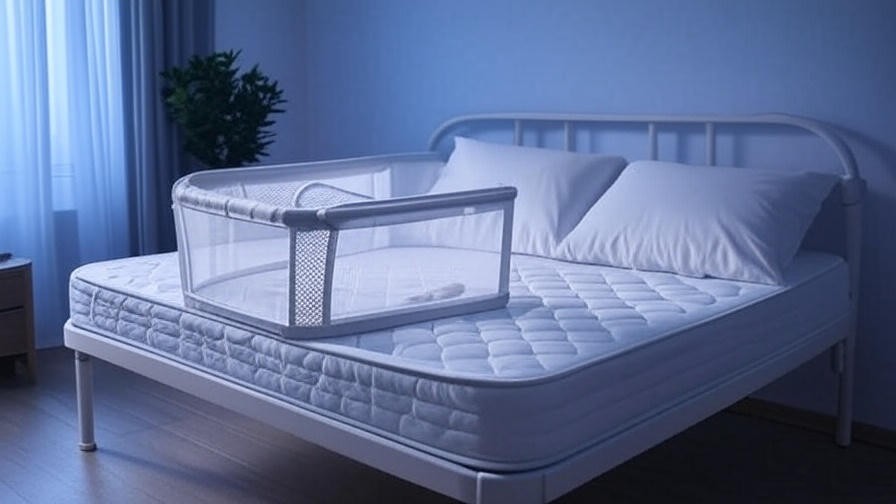
Selecting the right sleep surface is critical. Options include:
- Co-sleeper bassinets: These attach to the parental bed, allowing closeness while maintaining a separate sleep space (e.g., Halo BassiNest, certified by Juvenile Products Manufacturers Association).
- Side-car cribs: Cribs secured to the bed’s side, offering easy access for nighttime care.
- Bed-sharing with precautions: For parents choosing bed-sharing, use a firm mattress, remove loose bedding, and ensure the bed is away from walls to prevent entrapment.
Each option has unique benefits, but safety certifications and proper setup are essential. For example, a side-car crib should be securely fastened to avoid gaps.
Creating a Hazard-Free Environment
A co-sleeping bedroom must be free of suffocation and entrapment risks. Follow this checklist:
- Remove pillows, stuffed animals, and heavy blankets from the sleep area.
- Ensure the bed or bassinet is at a safe height (no more than 22 inches from the floor, per AAP).
- Check for gaps between the mattress and bed frame or wall.
- Use fitted sheets designed for the sleep surface to prevent slipping.
Regularly inspect the setup to maintain safety, especially as your child grows and becomes more mobile.
Designing a Serene Co-Sleeping Bedroom
Optimizing for Calm and Comfort
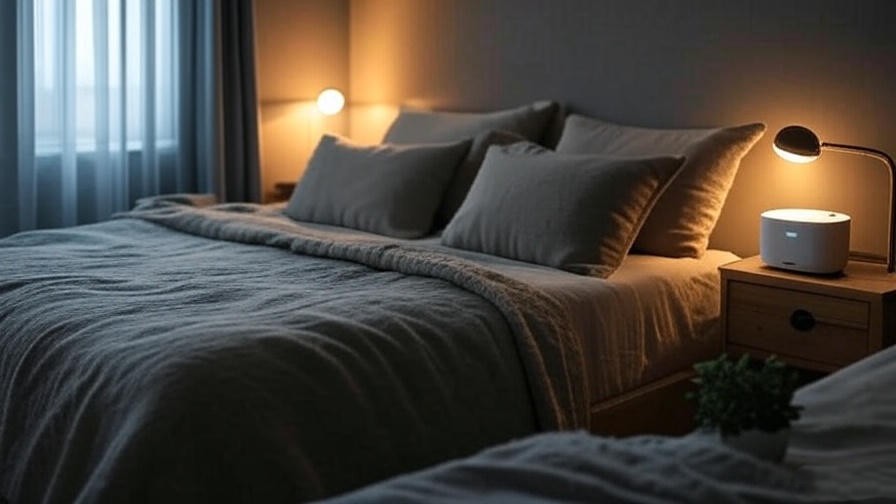
A serene co-sleeping bedroom promotes restful sleep for all. Lighting plays a crucial role—dimmable lamps or warm-toned bulbs (2700K) mimic sunset hues, signaling melatonin production, as noted in a 2022 Journal of Sleep Research study. Choose calming colors like soft blues or greens, which color psychology links to relaxation. Avoid stimulating reds or bright whites. Incorporate breathable, natural fabrics (e.g., cotton bedding) to enhance comfort and regulate temperature.
Soundscapes for Better Sleep
Sound can make or break a co-sleeping bedroom. White noise machines or fans create consistent background noise, masking disruptions like household sounds. A 2020 study in Sleep Medicine found that white noise improves sleep onset for infants and adults. Brands like Marpac Dohm offer pediatrician-approved options. Alternatively, soft nature sounds (e.g., rainfall) can soothe without overstimulation. Place the device at least three feet from the sleep area to maintain safety.
Temperature and Air Quality
Maintaining an ideal room temperature (68–72°F) is vital for infant safety, per AAP guidelines. Use a digital thermostat for precision. Air quality also matters—avoid strong scents from candles or cleaners, which can irritate sensitive airways. An air purifier with a HEPA filter (e.g., Levoit Core 300) can reduce allergens, benefiting both infants and parents with allergies. Keep windows slightly open for ventilation when weather permits, ensuring a fresh, restful environment.
Practical Tips for a Restful Co-Sleeping Experience
Space-Saving Solutions for Small Bedrooms
Small spaces can still accommodate a co-sleeping bedroom. Consider:
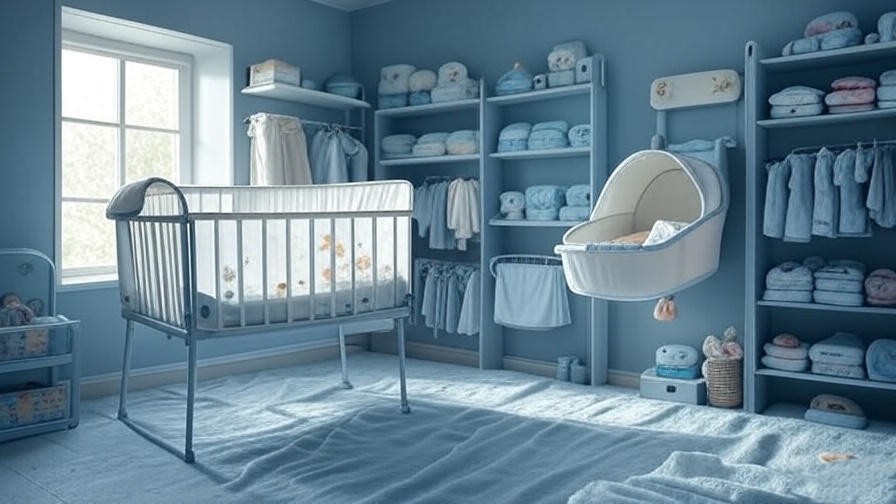
- Wall-mounted bassinets: Compact options like the Chicco Close to You save floor space.
- Foldable cribs: Models like the Lotus Travel Crib fold for easy storage.
- Multi-use furniture: A dresser that doubles as a changing station maximizes functionality.
Case Study: Sarah, a mom in a 500-square-foot apartment, used a side-car crib and wall-mounted shelves to create a clutter-free co-sleeping setup, reporting better sleep for her and her six-month-old.
Balancing Adult and Child Sleep Needs
Co-sleeping can disrupt parental sleep if not managed well. Blackout curtains (e.g., NICETOWN Thermal Insulated) block light for deeper rest. Staggered sleep schedules—where one parent handles early wakings—can help. To maintain intimacy, dedicate a separate space (e.g., a cozy corner with pillows) for quiet moments. Dr. Wendy Hall, a sleep researcher, suggests, “Clear boundaries in the bedroom preserve adult well-being while co-sleeping.”
Organizing the Bedroom for Functionality
A functional co-sleeping bedroom streamlines nighttime care. Use bedside organizers for diapers, wipes, and feeding supplies. Label storage bins for quick access in low light. A sample layout might include:
- Zone 1: Co-sleeper bassinet next to the bed.
- Zone 2: Changing station with essentials within arm’s reach.
- Zone 3: Comfort area with a rocking chair for soothing.
This organization reduces stress and enhances efficiency, letting you focus on rest and bonding.
Holistic Well-Being in the Co-Sleeping Bedroom
Incorporating Mindfulness and Relaxation
A co-sleeping bedroom isn’t just about physical setup—it’s a space for emotional and mental calm. Practicing mindfulness before bed can reduce parental stress, which directly impacts infant sleep through emotional co-regulation. Try a simple three-minute breathing exercise: inhale for four seconds, hold for four, and exhale for six. This lowers cortisol levels, as shown in a 2023 Journal of Behavioral Medicine study. Apps like Calm offer guided bedtime meditations tailored for parents, helping you ease into restful sleep alongside your child.
Creating a Bonding Ritual
Bedtime rituals in a co-sleeping bedroom strengthen family bonds. Simple acts like reading a short story (e.g., Goodnight Moon) or giving a gentle infant massage with lavender-free lotion can signal sleep time. Dr. Tiffany Field, a child psychologist, notes, “Consistent bedtime rituals in early infancy enhance emotional security and improve sleep duration.” For example, a 10-minute routine of dimming lights, singing a lullaby, and rocking can create lasting memories while promoting relaxation for both parent and child.
Supporting Parental Mental Health
Co-sleeping can raise concerns about fostering dependence or disrupting parental well-being. A 2022 Parenting Science study found that co-sleeping, when done safely, doesn’t hinder independence but strengthens attachment. To ease anxiety, practice affirmations like, “I’m creating a safe, loving space for my family.” Journaling for five minutes before bed can also help process worries. If guilt arises, remind yourself that co-sleeping is a personal choice, supported by cultures worldwide and validated by experts like Dr. James McKenna.
Tools and Products for the Perfect Co-Sleeping Bedroom
Must-Have Co-Sleeping Gear
Investing in the right gear transforms your co-sleeping bedroom into a safe, functional space. Here are top picks, all certified by safety standards like the Juvenile Products Manufacturers Association (JPMA):
- Halo BassiNest Swivel Sleeper ($249.99): Adjustable height and 360-degree swivel for easy access. Pros: Mesh walls for breathability. Cons: Higher price point.
- Snuggle Nest Harmony ($69.99): Portable bed-sharing insert with firm sides. Pros: Affordable, lightweight. Cons: Limited to infants under 6 months.
- Arm’s Reach Ideal Co-Sleeper ($199.99): Side-car crib with secure attachment. Pros: Spacious, long-lasting. Cons: Requires assembly.
Always verify safety certifications and follow manufacturer guidelines for setup.
Tech for Sleep Tracking and Monitoring

Technology can enhance peace of mind in a co-sleeping bedroom. Baby monitors like the Nanit Pro ($299) offer HD video and sleep analytics, tracking breathing patterns without wearables. The Owlet Dream Sock ($299) monitors heart rate and oxygen levels, alerting parents to irregularities. A 2024 Sleep Health study found that such devices reduce parental anxiety by 40%, improving sleep quality. Ensure Wi-Fi-enabled devices are password-protected to safeguard privacy.
Budget-Friendly Alternatives
Not ready to splurge? DIY solutions can work in a co-sleeping bedroom. Create a safe bed-sharing space by placing a firm mattress on the floor, removing all loose bedding, and using a fitted cotton sheet. Repurpose a sturdy dresser as a changing station with a $20 changing pad. Check local parenting groups for secondhand co-sleeper bassinets, ensuring they meet current safety standards. These options keep costs low while prioritizing safety and comfort.
Common Co-Sleeping Challenges and Solutions
Addressing Sleep Disruptions
Night wakings, teething, or restlessness can disrupt a co-sleeping bedroom. To manage:
- Frequent Wakings: Respond promptly with gentle soothing (e.g., patting or shushing) to avoid escalation. A 2023 Infant Behavior and Development study suggests consistent responses shorten waking episodes.
- Teething Pain: Offer a chilled (not frozen) teething ring before bed, stored in a bedside organizer.
- Restlessness: Ensure the room isn’t too warm and use a white noise machine to maintain calm.
Case Study: Emily, a mom of a 9-month-old, reduced night wakings by 50% by introducing a white noise machine and keeping a consistent bedtime routine in her co-sleeping setup.
Transitioning Out of Co-Sleeping
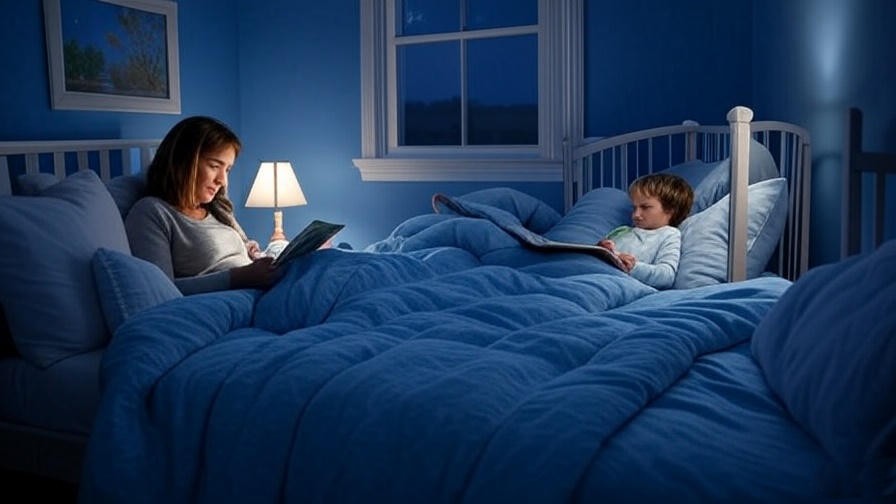
Moving a child to their own bed can feel daunting. Start by placing the crib in the co-sleeping bedroom for familiarity, gradually moving it to a separate room over weeks. Dr. Craig Canapari, a pediatric sleep consultant, recommends, “Transition around 12–18 months, when children are developmentally ready for independence.” Use familiar bedding and maintain bedtime rituals to ease the shift. Offer praise for small milestones, like sleeping part of the night in their own space.
Managing Partner Disagreements
Disagreements about co-sleeping can strain relationships. To navigate:
- Open Dialogue: Set aside time to discuss concerns, focusing on shared goals like safety and rest.
- Compromise: Try room-sharing if one partner prefers separate sleep surfaces.
- Checklist: Agree on safety protocols (e.g., no pillows, firm mattress) to address worries.
A 2024 Journal of Family Psychology study found that couples who align on co-sleeping practices report higher relationship satisfaction.
FAQs About Co-Sleeping Bedroom Design
Is co-sleeping safe for newborns?
Yes, when following AAP guidelines: room-share on a separate, firm sleep surface for the first 6–12 months. Avoid bed-sharing with newborns under 4 months due to higher SIDS risk.
How can I make a small bedroom work for co-sleeping?
Use space-saving gear like foldable cribs or wall-mounted bassinets. Organize essentials in bedside caddies to keep the floor clear.
What bedding is safe for a co-sleeping bedroom?
Use fitted cotton sheets designed for the sleep surface. Avoid loose blankets, quilts, or pillows. Brands like Burt’s Bees Baby offer organic, breathable options.
How long should I co-sleep with my child?
Most experts suggest room-sharing until at least 6 months, with some families continuing until 2–3 years, depending on developmental readiness and family preferences.
Can co-sleeping improve my child’s sleep quality?
Yes, a 2021 Sleep study found that co-sleeping can regulate infant sleep cycles through parental presence, leading to longer sleep stretches.
Conclusion
Designing the perfect co-sleeping bedroom blends safety, serenity, and functionality to create a space where your family thrives. From choosing a safe sleep surface to incorporating calming aesthetics and mindful rituals, every detail matters. Start small—implement one safety tip or try a new bedtime routine—and watch your nights transform. Share your co-sleeping journey in the comments to connect with other parents. By fostering closeness and restful sleep, your co-sleeping bedroom becomes a cornerstone of family well-being, nurturing bonds that last a lifetime.







